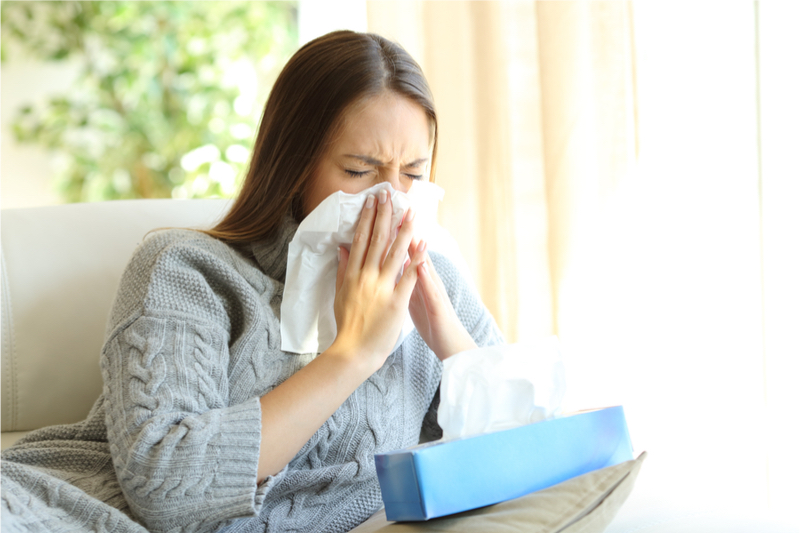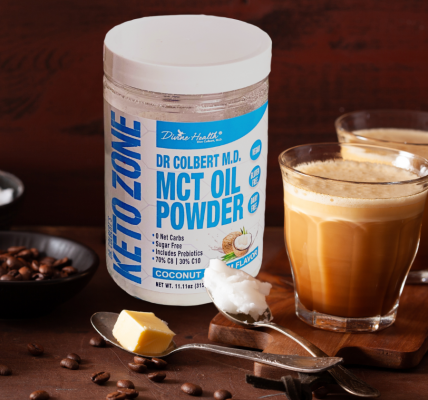Mold is everywhere. It’s indoors, outdoors, in our trash, and it can grow on our food.
We’re all exposed to mold in some way each day, and a little isn’t much of a problem. But if you have a mold allergy, it can cause reactions that threaten your health and make life uncomfortable.
Let’s look at what a mold allergy is, how to tell if you have one, and what you can do about it.
Mold Allergy: What You Need to Know
There are about a thousand different mold species. And when mold grows, it releases tiny spores into the air that we breathe. We can also accidentally eat it if it’s growing on foods.
For most people, mold exposure doesn’t cause any symptoms. But those with a mold allergy will have a reaction when exposed to the spores.
Mold Allergy Symptoms
Mold allergy symptoms often mimic other allergy symptoms. They can include:
- Coughing or wheezing
- Sneezing
- Watery and/or itchy eyes or throat
- Congestion or postnasal drip
- Worsening asthma symptoms like shortness of breath, coughing and wheezing, or chest tightness
Other symptoms may include low energy levels, sleep problems, low mood, headaches, or joint pain.
It can be hard to identify a mold allergy, especially if you live somewhere with many allergens in the air. But most of the time, symptoms will only occur where the mold growth is happening, such as in your home. And the reactions can happen year-round.
Besides negatively affecting your quality of life, a mold allergy triggers inflammation as your body tries to fight off the toxic mold.
Common Mold Sources
Mold can show up in many places, including:
- In your home: In the bathroom, basement, heating and air conditioning units, even in cabinets under sinks if there has been an undetected leak.
- Outside your home: In your rain gutters, uncut grass, dead leave piles, etc.
- In your food: Any old food can grow mold. Usually you’ll see fuzzy green spots, but mold can also sink deep inside food as it grows. Foods like peanuts and non-organic, “dry processed” coffee are especially prone to mold contamination, so these are best avoided.
How to Avoid Mold
Because it can grow in so many places, mold can be hard to outrun. But knowing what to look for and how to avoid mold growth can help:
- Regularly examine places in and around your home that could have water drainage, drips, leaks, or spills. And be quick to clean any leaks or spills in your home.
- When working outside, wear a dust mask. When you get back inside, take a shower and rinse your nose with saline water. And keep your gutters clean and fix any leaks, drainage, or unruly grass around your home.
- Use dehumidifiers and/or keep a window cracked to reduce humidity and moisture build up, especially in bathrooms where it’s warm and moist.
- Keep trash cans and refrigerator drip pans clean at all times.
- Call a professional if you need help removing mold found in your home.
The most common mold colors are black, gray, and brown, but it can also be green, blue, yellow, white, orange, or reddish shades.
How to Test for Mold Allergy
If you think you might have an allergy to mold, track your symptoms for at least a week. Note when you experience reactions and where you’ve been when they happen.
Blood or skin testing can also help pinpoint the mold allergy.
And remember: You can be exposed to mold indoors, outdoors, at work, at home—just about anywhere. Keep your environment as clean as possible, always throw out old food, especially if it looks or smells off, and monitor how you feel over time.
Check Out More Keto Articles Join Our Keto Group











